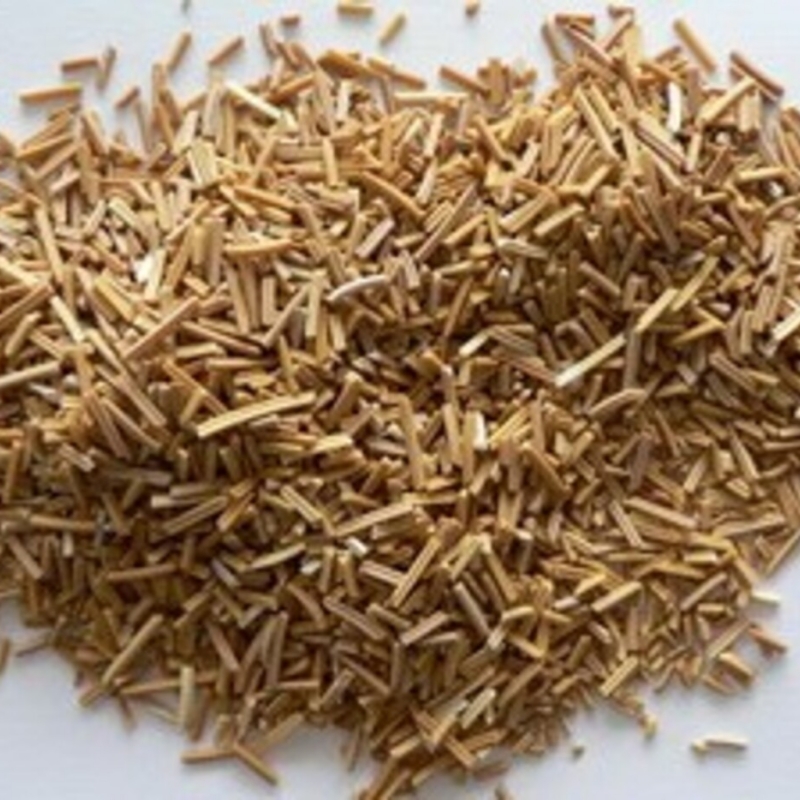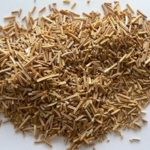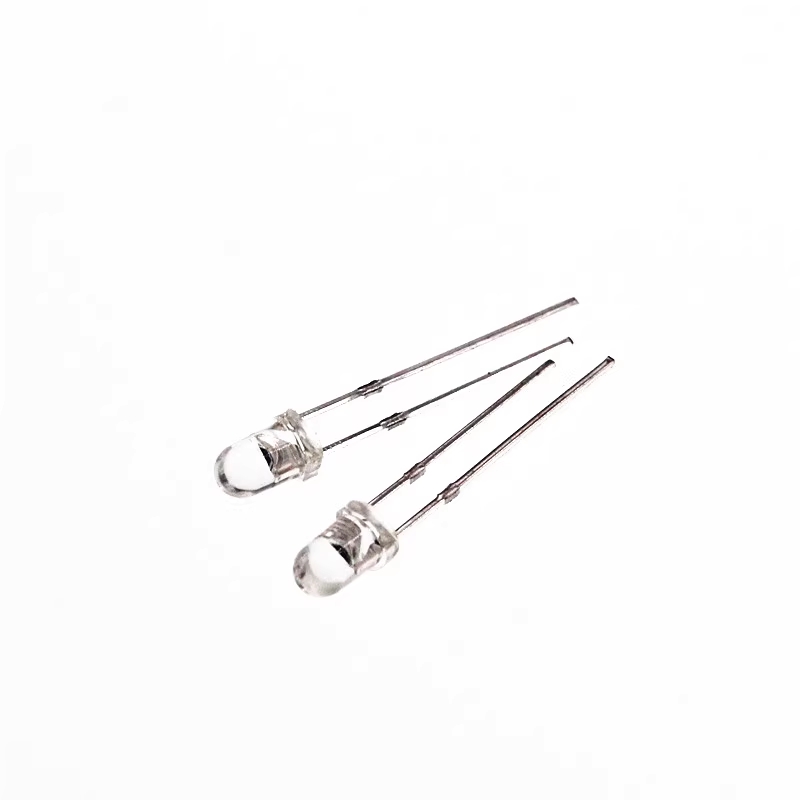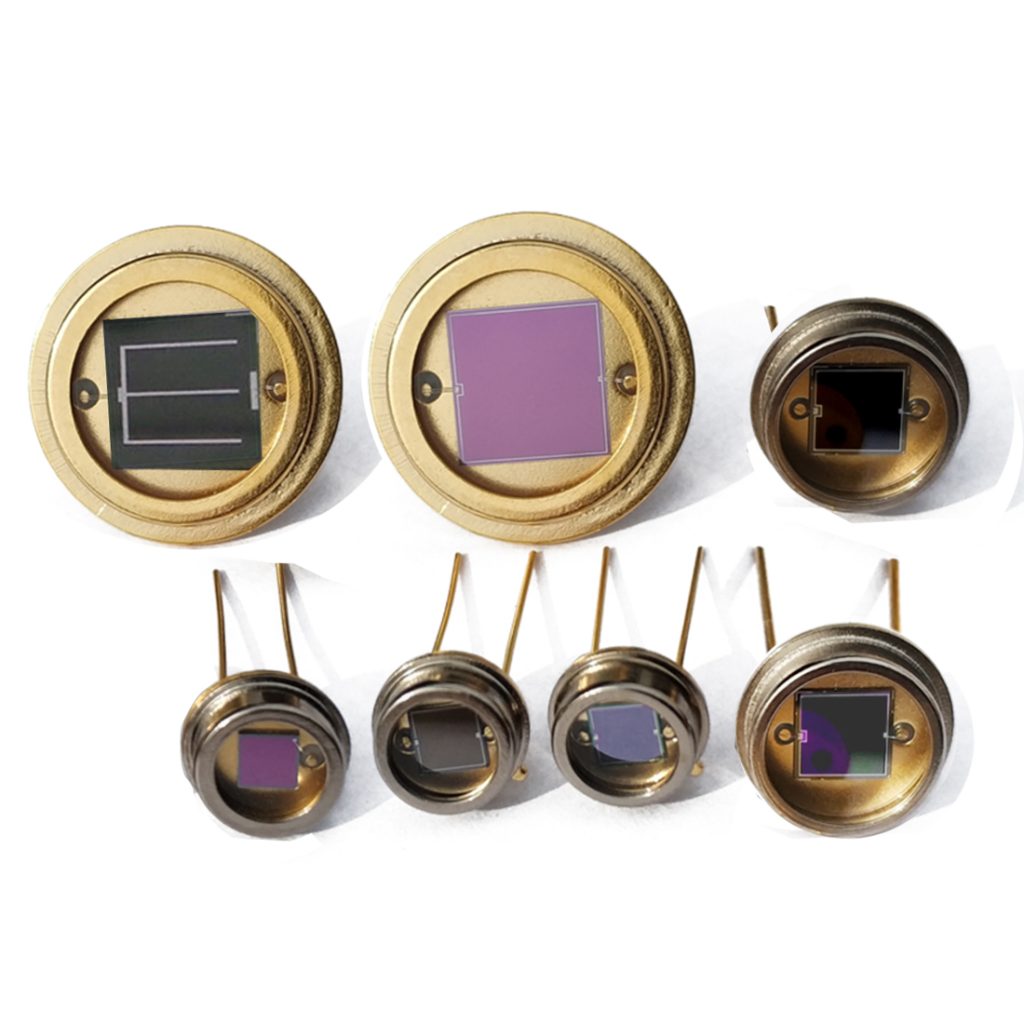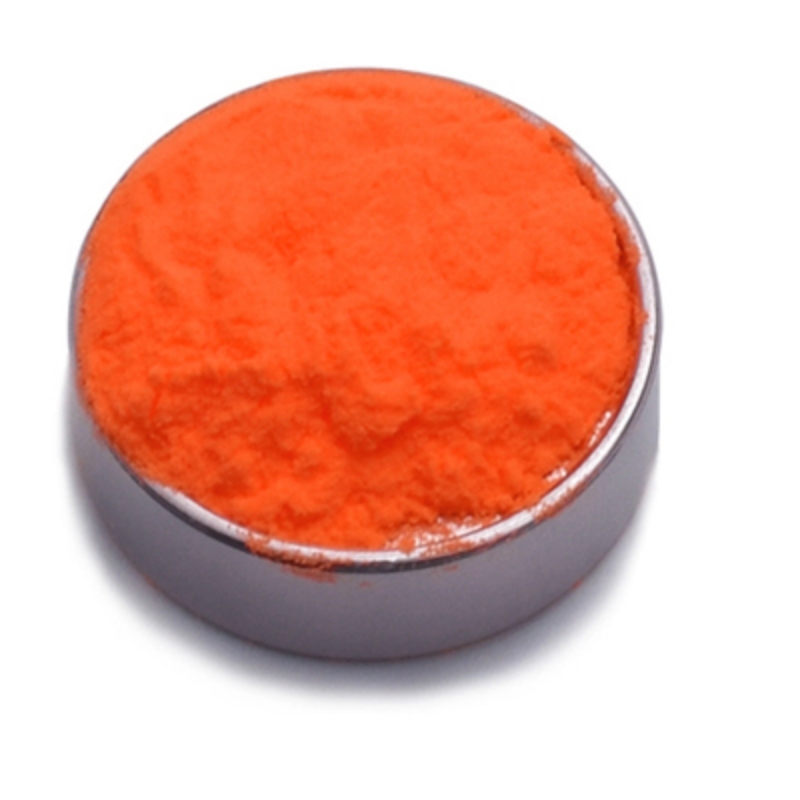Hydrotreating catalyst for high-temperature pyrolysis gasoline is a high-performance catalytic material designed for the selective removal of impurities such as sulfur, nitrogen, and unsaturated hydrocarbons from pyrolysis gasoline under elevated temperature conditions. Engineered with advanced metal-supported formulations, it ensures optimized hydrogenation efficiency, superior thermal stability, and extended operational lifespan. This catalyst is widely used in petrochemical refining, fuel purification, and hydrocarbon upgrading applications, delivering reliable performance in controlled high-temperature reaction environments.
Product Overview
This hydrotreating catalyst for high-temperature pyrolysis gasoline is based on alumina as the support and contains palladium and other precious metal active components, along with special additives. It is mainly used for selective hydrogenation in the gasoline high-temperature pyrolysis process (C6~C7, C6~C8, C5~C9 fractions). The catalyst features excellent water resistance, arsenic resistance, and sulfur tolerance, improving hydrogenation stability and showing significant performance improvement compared to the PGH-10A catalyst. It has been widely applied in industrial units, including Yanshan Petrochemical, Shanghai Petrochemical, and Lanzhou Petrochemical, with excellent results.
Key Features
- High Hydrogenation Activity: Effectively promotes the hydrogenation of high-temperature pyrolysis gasoline, reducing diolefins content and improving product quality.
- Improved Water and Arsenic Resistance: Offers stronger water and arsenic resistance compared to PGH-10A, ensuring stability in complex environments.
- Excellent Sulfur Resistance: Tolerates high-sulfur environments, reducing the negative impact of sulfur on catalyst performance.
- Good Hydrogenation Stability: Delivers long-term stable hydrogenation, improving the efficiency of the process and enhancing product quality.
- Long Service Life: The catalyst has a guaranteed service life of 24 months, with the first cycle lasting more than 12 months, making it cost-effective.
Applications
- High-Temperature Pyrolysis Gasoline Hydrogenation: Suitable for the hydrogenation of C6~C7, C6~C8, C5~C9 fractions, primarily used in the ethylene cracking process.
- Petrochemical Industry: Widely used in petrochemical and ethylene cracking units, helping reduce diolefin content in raw materials and improving the stability and quality of the final products.
- Cracked Oil Refining: Used for selective hydrogenation of cracked oil, reducing diolefin content and improving oil quality.
| Operating Conditions | |
| Item | Specification |
| Operating Pressure (MPa) | ≥2.4 |
| Inlet Temperature (℃) | Initial: 30~50, Final: 90~110 |
| Hydrogen to Oil Ratio (V) | 60~120 |
| Space Velocity (h-1) | ≤3.5 |
| Item | Specification |
| Distillate | C6~C8,C5~C9 |
| Boiling Point (℃) | 50~175 |
| Diene Content (gI2/100g.oil) | ≤35 |
| Bromine Value (gBr2/100g.oil) | ≤70 |
| Arsenic Content (ppb) | ≤20 |
| Organic Sulfur Content (ppm) | ≤3 |
| Water Content (ppm) | ≤400 |
| Hydrogen Purity (v%) | ≥85 |
| Methane | Remaining |
| CO + CO2 (ppm) | ≤5 |
| Hydrogenated Product Diene Content (gI2/100g.oil) | ≤2.5 |
| Catalyst Guaranteed Service Life | 24 months |
| First Cycle Duration | ≥12 months |
 new material
new material

